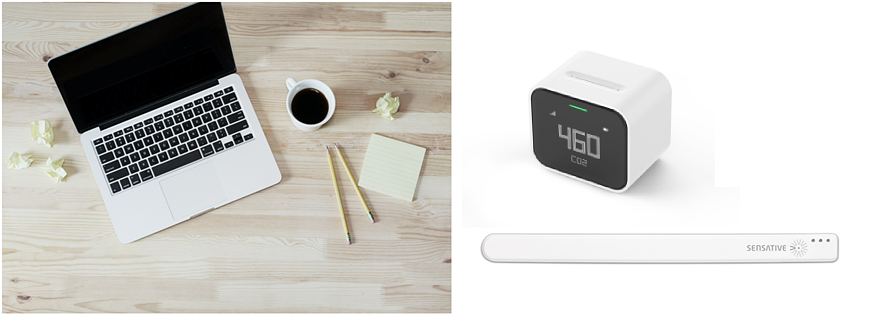IoT in Homeoffice & Office: Healthy Room Climate with LoRaWAN® Part 1 – Basics & Sensors


– 📖🕓 ≈ 7 min – Most recently, it was shown here how you can ensure a healthy indoor climate with IoT sensors and the B.One Gallery, for example in the home office or office. Experience in part
1 of my personal experience report on how I fared with the setup and monitoring of the CO2 level and temperature in practice.
– 📖🕓 ≈ 7 min – [Update des ursprünglichen Artikels vom 22.07.2022] The use of LoRaWAN® sensors in combination with a dashboard is ideal for monitoring the indoor climate in meeting rooms. That’s why we’re presenting a small series of articles that show you what a self-programmed indoor climate dashboard tailored to individual requirements based on the ZENNER Datahub IoT platform can look like.
– 📖🕓 ≈ 11 min – Last modified on 11th April, 2024 Have you registered as a new member here in the B.One Community, but still don’t have an overview of…
– 📖🕓 ≈ 6 min – Most recently, it was shown here how you can ensure a healthy indoor climate with IoT sensors and the B.One Gallery, for example in the home office or office. Experience in part
2 of my personal experience report on how I fared in practice when monitoring the humidity and the amount of light, and what my overall conclusion is.
– 📖🕓 ≈ 11 min – As already reported, the first “IoT and Me” competition recently started among the trainees and students of the Minol ZENNER Group. In the coming days…
– 📖🕓 ≈ 10 min – You have purchased access to the B.One Gallery visualization tool, but are now wondering where exactly you can find what? Our Quick Guide – B.One Gallery provides the answer to this question and gives an overview of the areas and functions of the tool.
COOKIES: